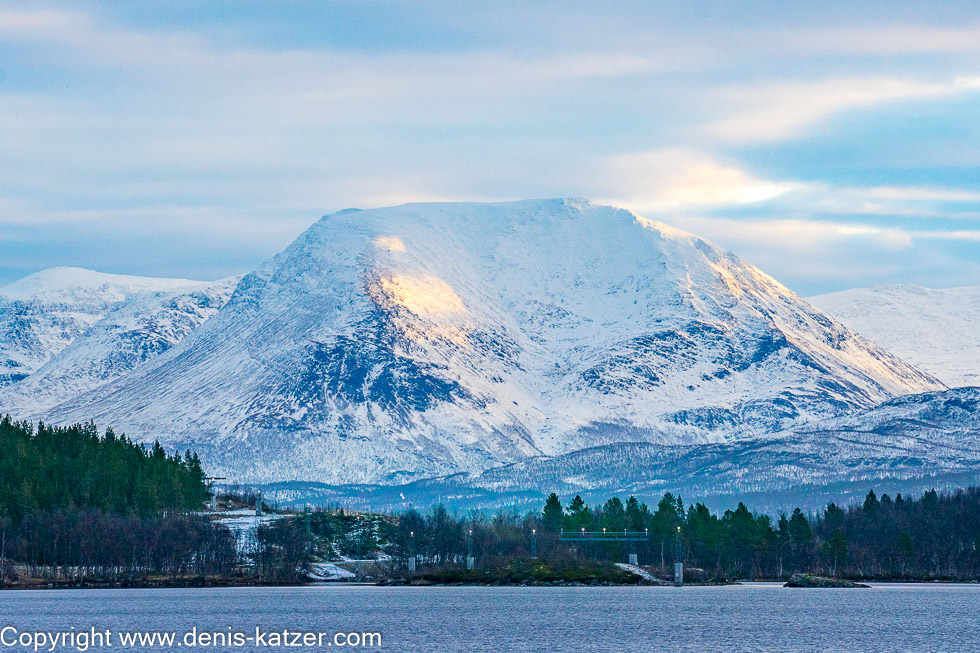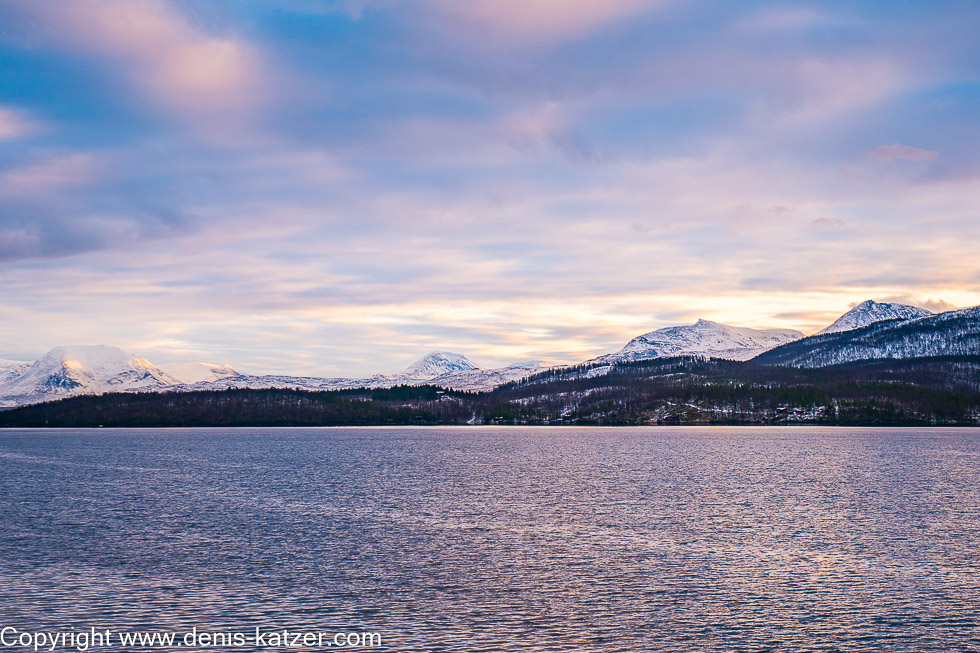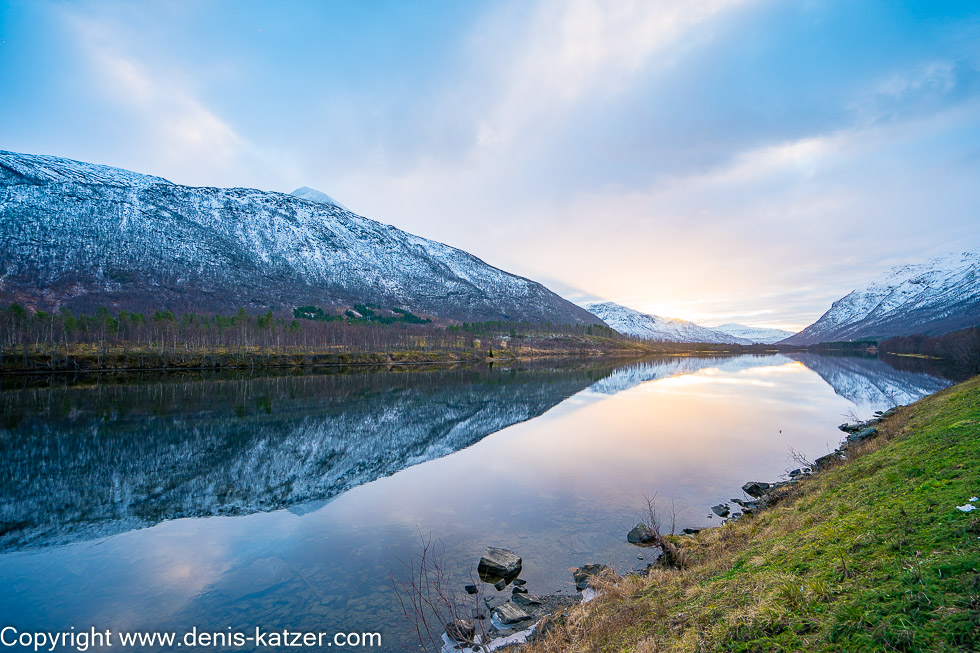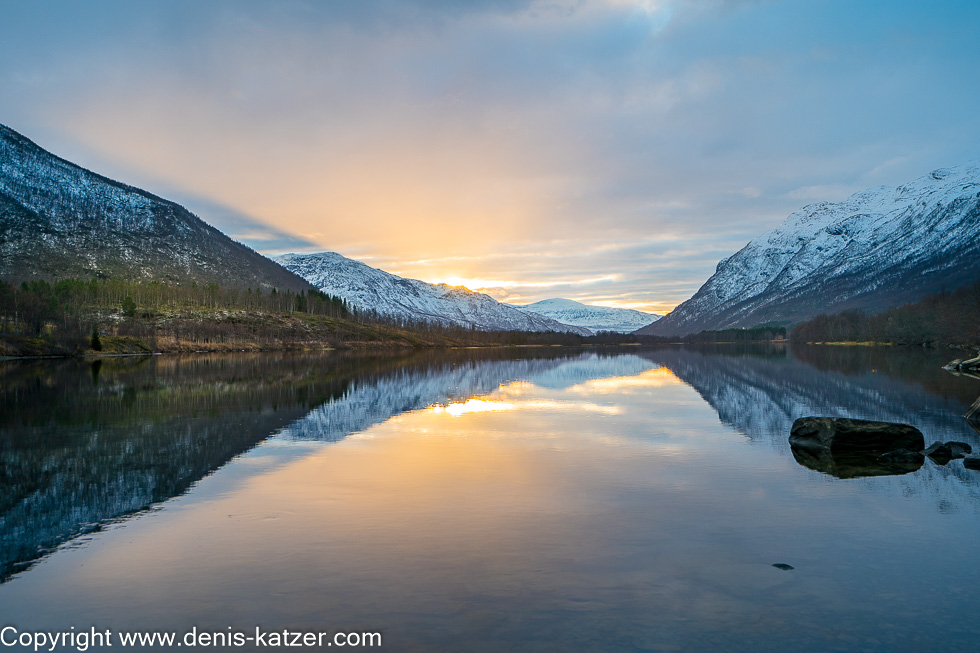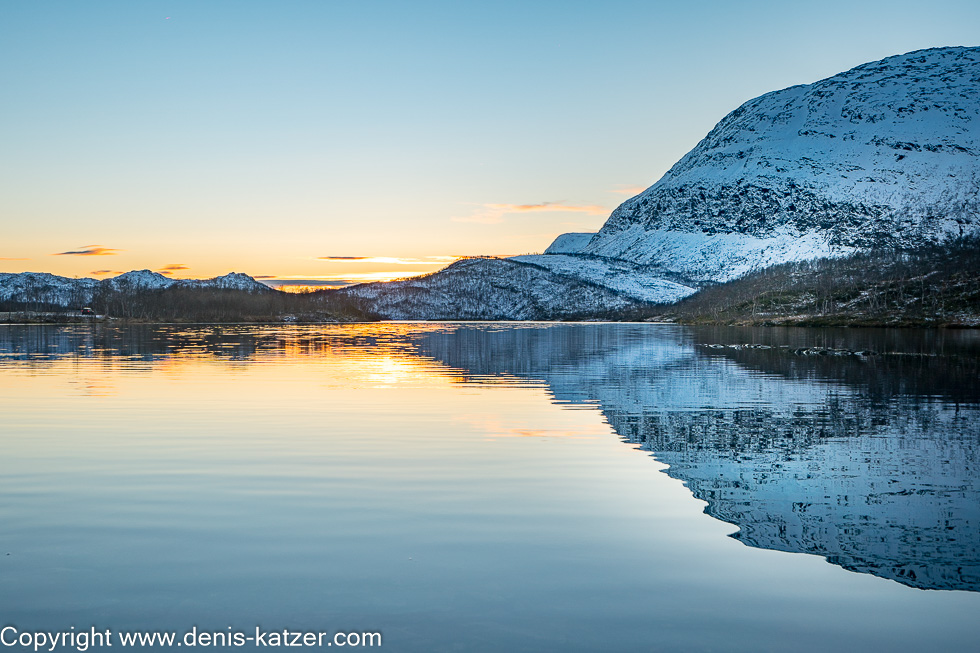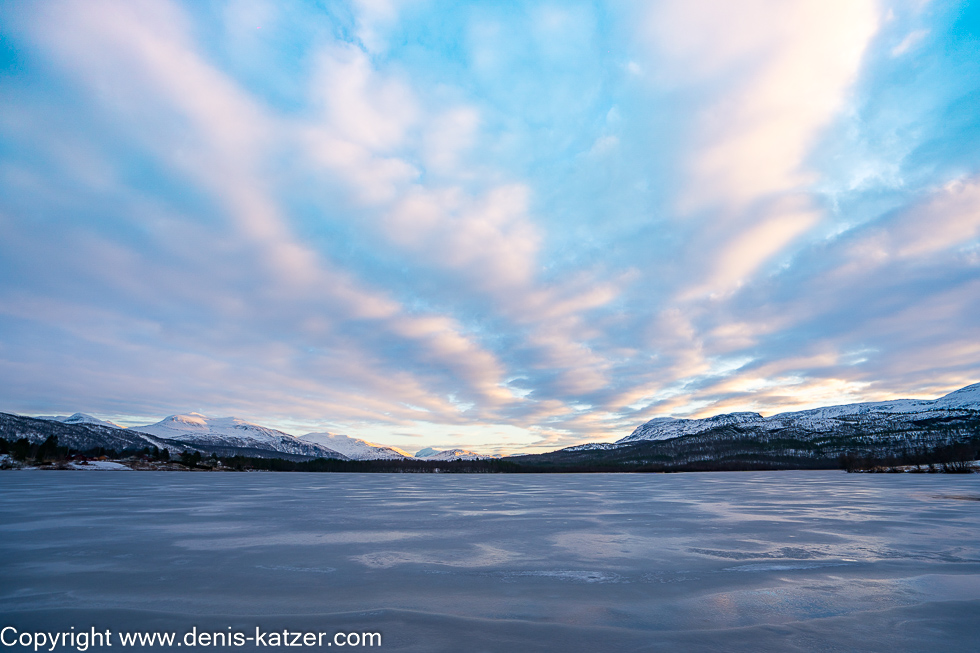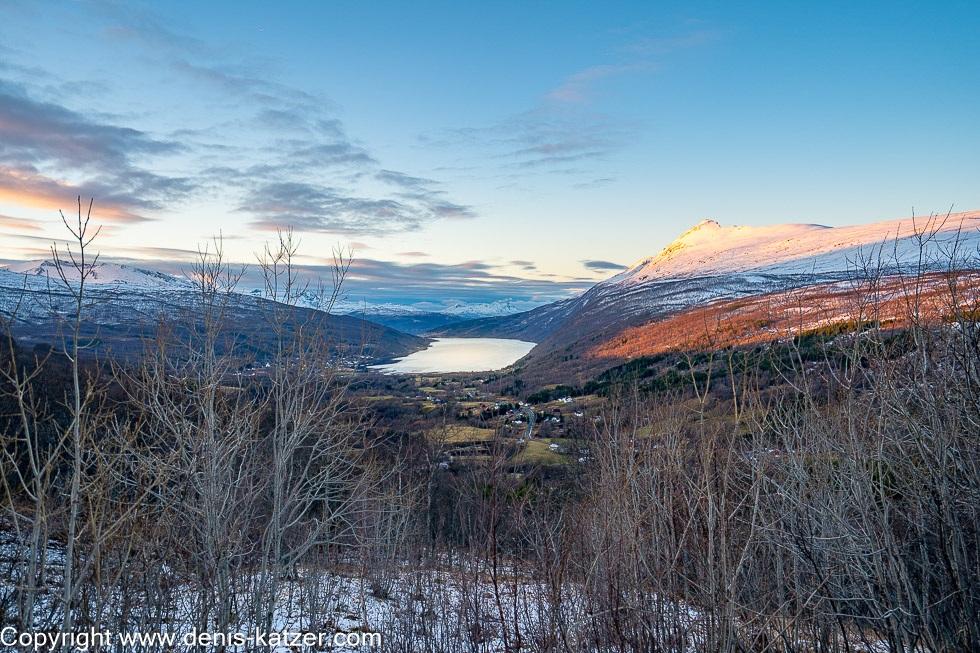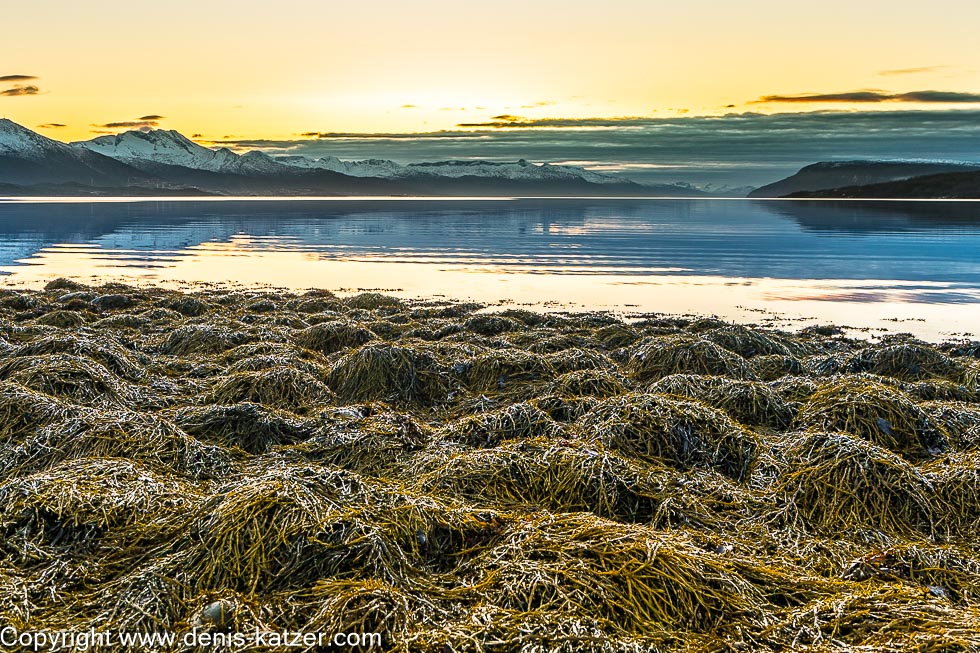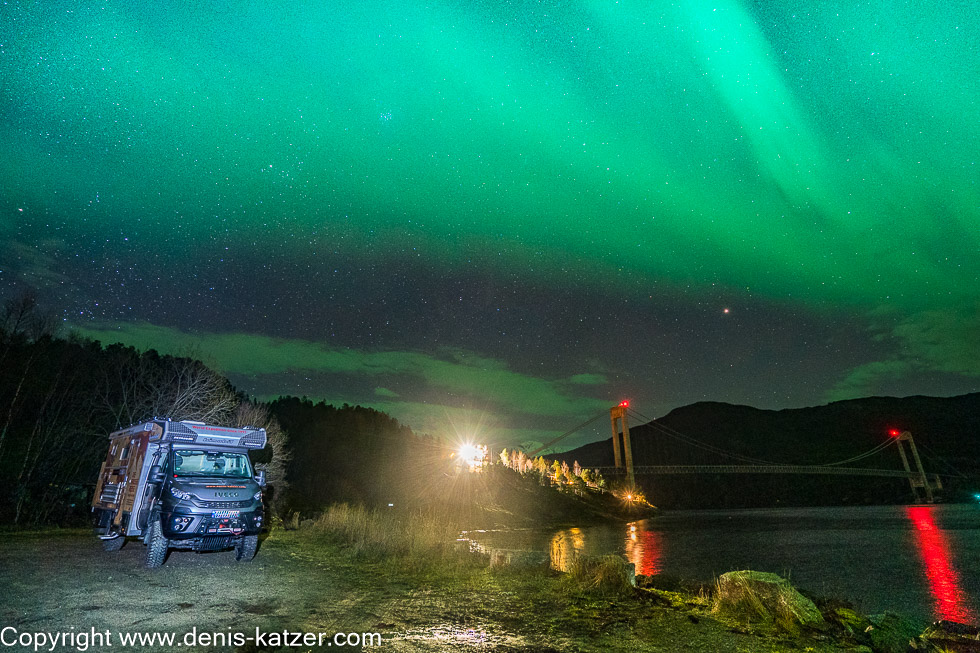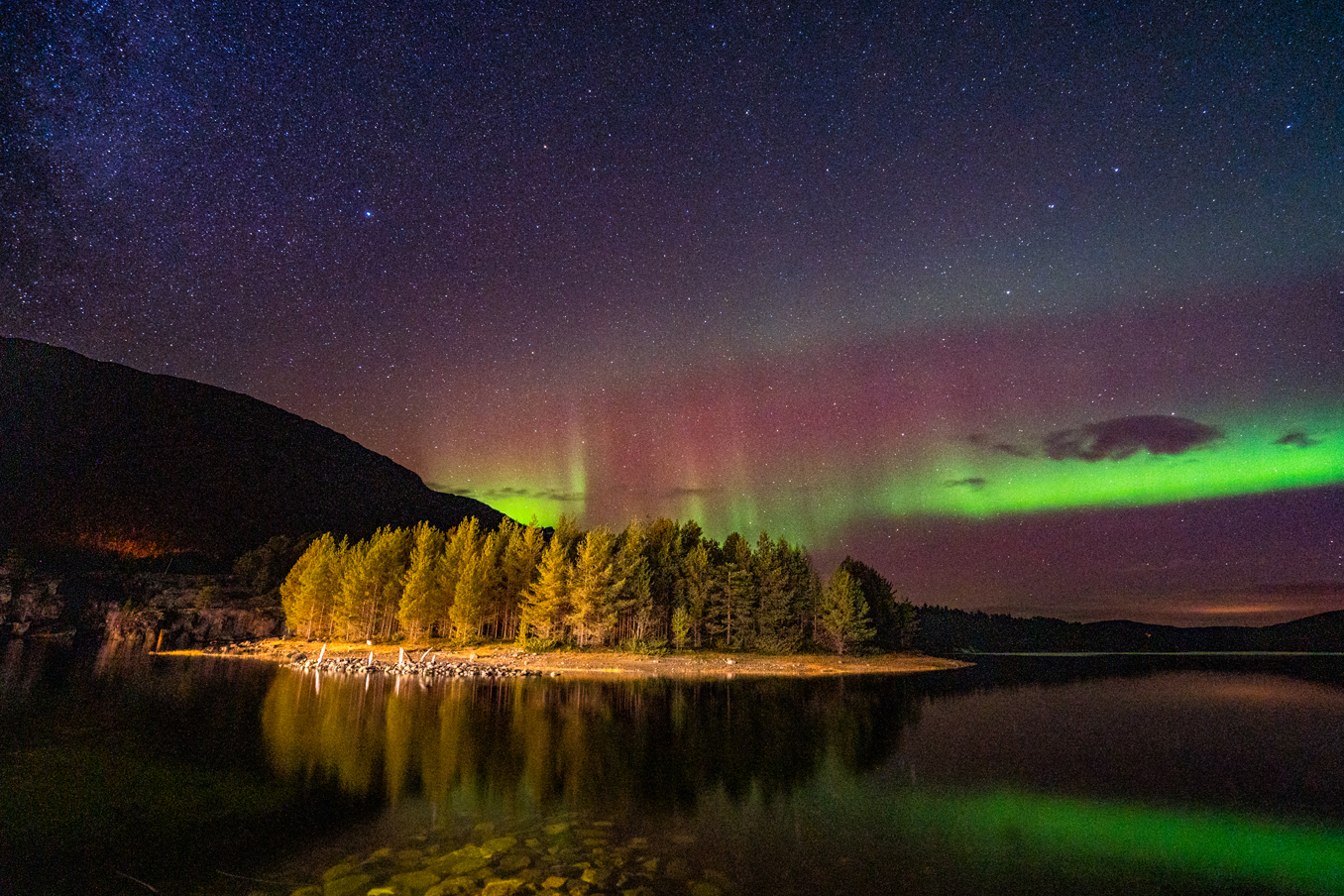
Gen South
N 68°22'28.7'' E 017°15'10.6''
Date:
11.11.2020 to 13.11.2020
Day: 101 – 103
Country:
Norway
Location:
Ofotfjord‘
Daily kilometers:
185 km
Total kilometers:
7726 km
Soil condition:
Asphalt
Bridge crossings:
12
Tunnel passages:
3
Sunrise:
08:45 am to 08:54 am
Sunset:
2:24 pm to 2:15 pm
Temperature day max:
4° to 7°
Night temperature min:
2° to 3°
Wind
5 km/h
Time of departure:
11:00 a.m.
Arrival time:
16:45
(Photos of the diary entry can be found at the end of the text).
Click here for the podcasts!
Link to the current itinerary
(For more posts click on one of the flags in the map
Due to the absolute calm at the foot of the Gisund Bridge, we sleep through the night for the first time in weeks. No menacing hissing, bright disturbing hissing, deep whooshing and dangerous roaring could be heard in the night. The Terra was not forced by violent gusts and forces of air to incessantly duck, bend and sway back and forth. The pleasant calm is a state that we no longer know in this form. “Let’s stay here one more night and enjoy the idyllic silence and the gentle lapping of the fjord,” I suggest. “As you wish, my dear Denis.” “It doesn’t always have to be up to me. I hope you also find this place beneficial for your psyche?” “Of course I do. Although we’re not far from the traffic artery and civilization here, I find it quite peaceful. It’s amazing how big the difference is between raw, untamed nature and a sheltered spot. I’m happy to stay another night.”
The next morning we finally leave Senja in a southerly direction. We follow the Fv 84 and the E 6. There is definitely more snow on the mainland than on the island, as the roads are partly covered in ice and snow despite the regular gritting services. As we don’t yet have much experience with slippery roads, we drive particularly carefully and cautiously while the Norwegians overtake us at high speed. The sun casts a few of its rays over the horizon line and delights the world with its life-giving light. An imposing snow-covered giant towers up in front of us. His left and right flanks are hit by the sun’s rays. It looks as if the bright areas shining in the snow are his eyes. Then a wall of clouds moves in front of the starlight and the eyes close. It goes past fjords. Their mirror-smooth water surfaces reflect the colors purple, pale pink, sometimes a dark or black blue, depending on the clouds. Some of the lakes and fjords are covered in a layer of ice. Snow-covered floes are trapped in ice or drifting on the sluggish surface of the water. The shapes and patterns of the ice are formed by wind, snow and rain in bizarre, beautiful patterns. We stop again and again to admire these sometimes grotesque, yet beautiful ice formations. No matter where we are, whether at the North Cape, on the islands, the mainland or the highlands, in summer or winter, Norway keeps us on our toes. An adventure of the senses, of colors, of roughness, of emotions and moods. At 14:00, magenta-colored stripes pass through dark clouds, which are reflected in a perfect image on the crystal-clear water of a narrow lake. Fishing huts huddle on its banks. I kneel on a stone with my camera, let myself be drawn into the picture and become part of the moment. A feeling of happiness flows through me, because I realize that such sensations are invaluable. At 3 p.m., long after the sun has made its way to the other side of our Mother Earth, the sky glows a final red. We are in the city of Narvik with its almost 27,000 inhabitants. Here we finally find an LPG filling station to fill up with gas, water and a good 200 liters of diesel. Because a large road train is occupying the petrol pump, we use the waiting time to walk to the nearby shore of the Ofotfjord. Frozen tufts of seaweed, dabbed with a breeze of snow, scatter across the shore. The fjord is surrounded by snow-capped mountains up to 1,700 meters high, which are covered with birch forests up to a height of around 500 meters. In the last light of day, they cast ghostly long shadows on peaceful-looking expanses of water. “What a place steeped in history,” I say. “Why? What happened here?” asks Tanja. “The town of Narvik was almost completely destroyed by German bombers in the spring of 1940 and a terrible naval battle took place in the bay in front of us, in which ten German and two British destroyers were sunk. They lie somewhere out there on the bottom and are now either declared war graves or popular diving destinations.” “How lucky we are not to have had to experience such a terrible, senseless war,” replies Tanja. “I hope it stays that way and that we can continue to travel this planet in this way. Europe was the scene of bloody, cruel wars for thousands of years. Only after the Second World War, in other words only since 1946, have most Europeans been allowed to live in peace.” “Most Europeans?” “Unfortunately not all, if we think of the Yugoslavian wars that were fought from 1991 to 2001. According to estimates, over 100,000 people died as a result of these wars.” “Simply terrible. I’m glad that war within the EU has become unimaginable today and that the EU ensures peace.” “You’re right about that. Let’s hope that people remain sensible and don’t drive us into new conflicts with radical views and moronic conspiracy theories.” “Let’s go back up to Terra. The petrol pump is probably free again by now,” Tanja changes the depressing subject and brings us back to the pleasantly peaceful, fantastically beautiful evening atmosphere.
It is already dark when we find a nice spot 15 kilometers east of Narvik. Just a few meters further on, the 711-meter-long Skjomen Bridge spans a branch of the Ofotfjord, which is otherwise 78 kilometers long and 553 meters wide. Although we are located at 68° 25′ north latitude, the fjord remains ice-free even in winter and temperatures in the coldest month of January usually do not fall below minus 4.5 °C. We round off the long, exhausting day with a few cans of Danish beer. I wake up at 1:00 a.m., look out of the window and see a beautiful aurora stretching across the bridge. I jump into my clothes again to stand under the cosmic light and inhale its rain of energy to the full.

